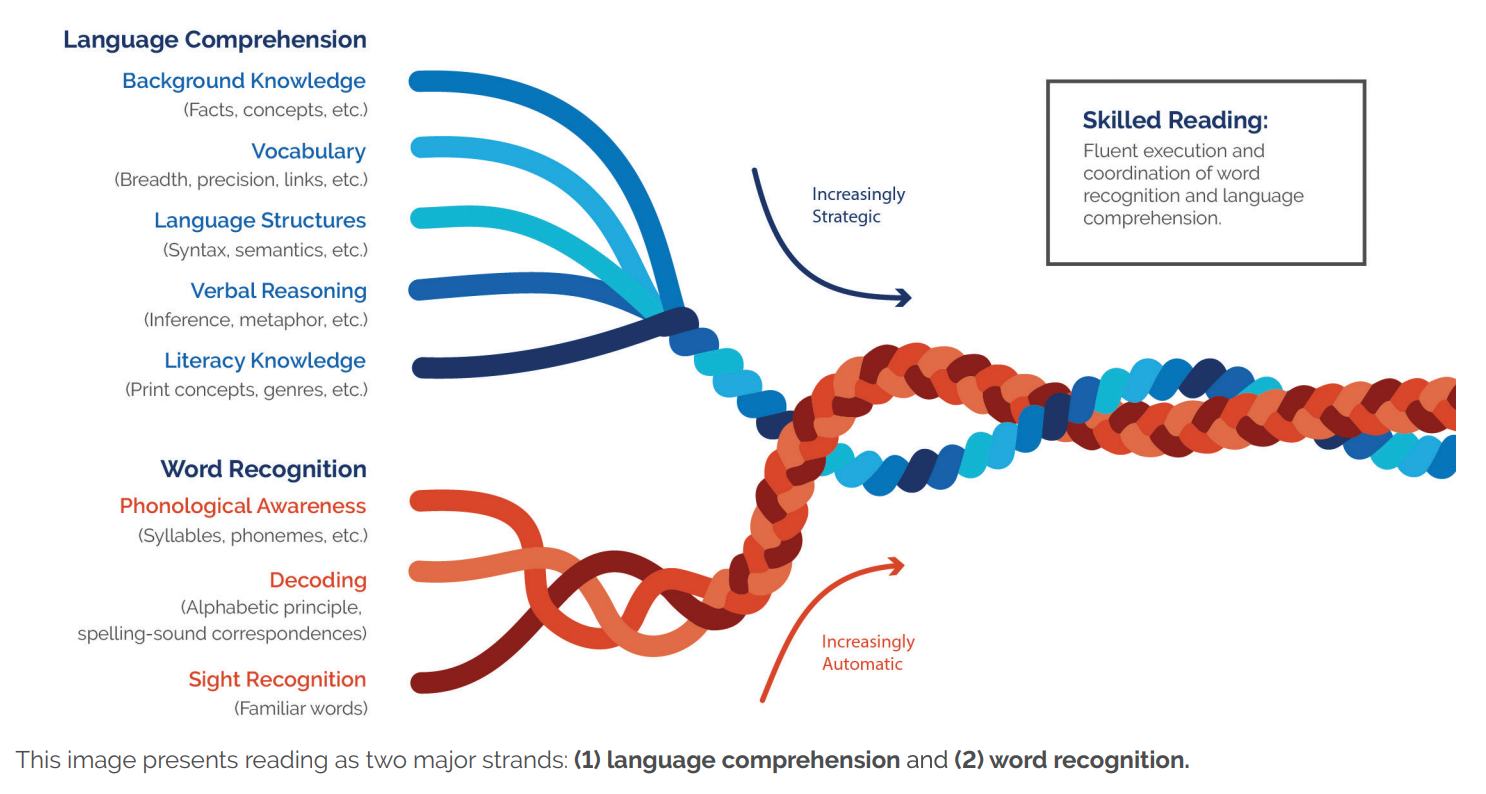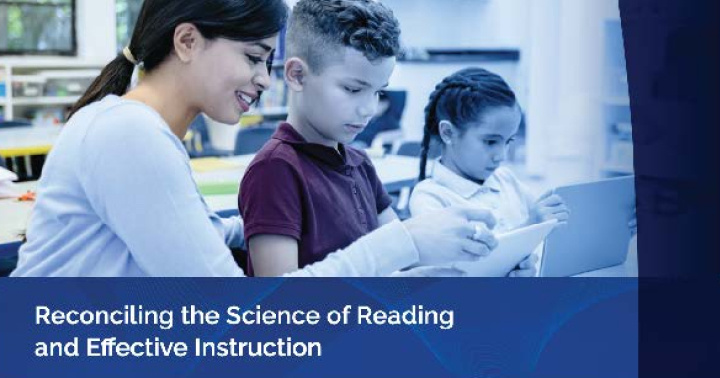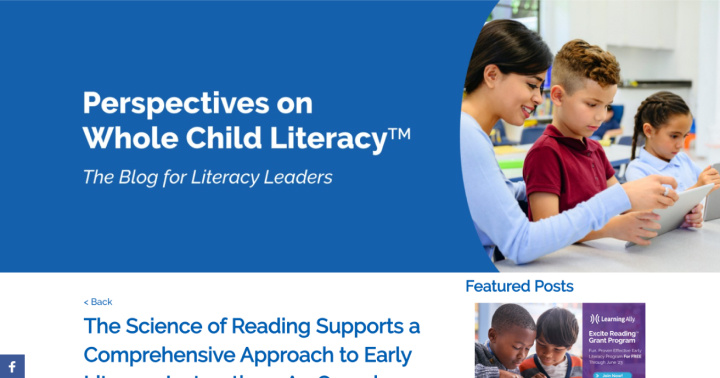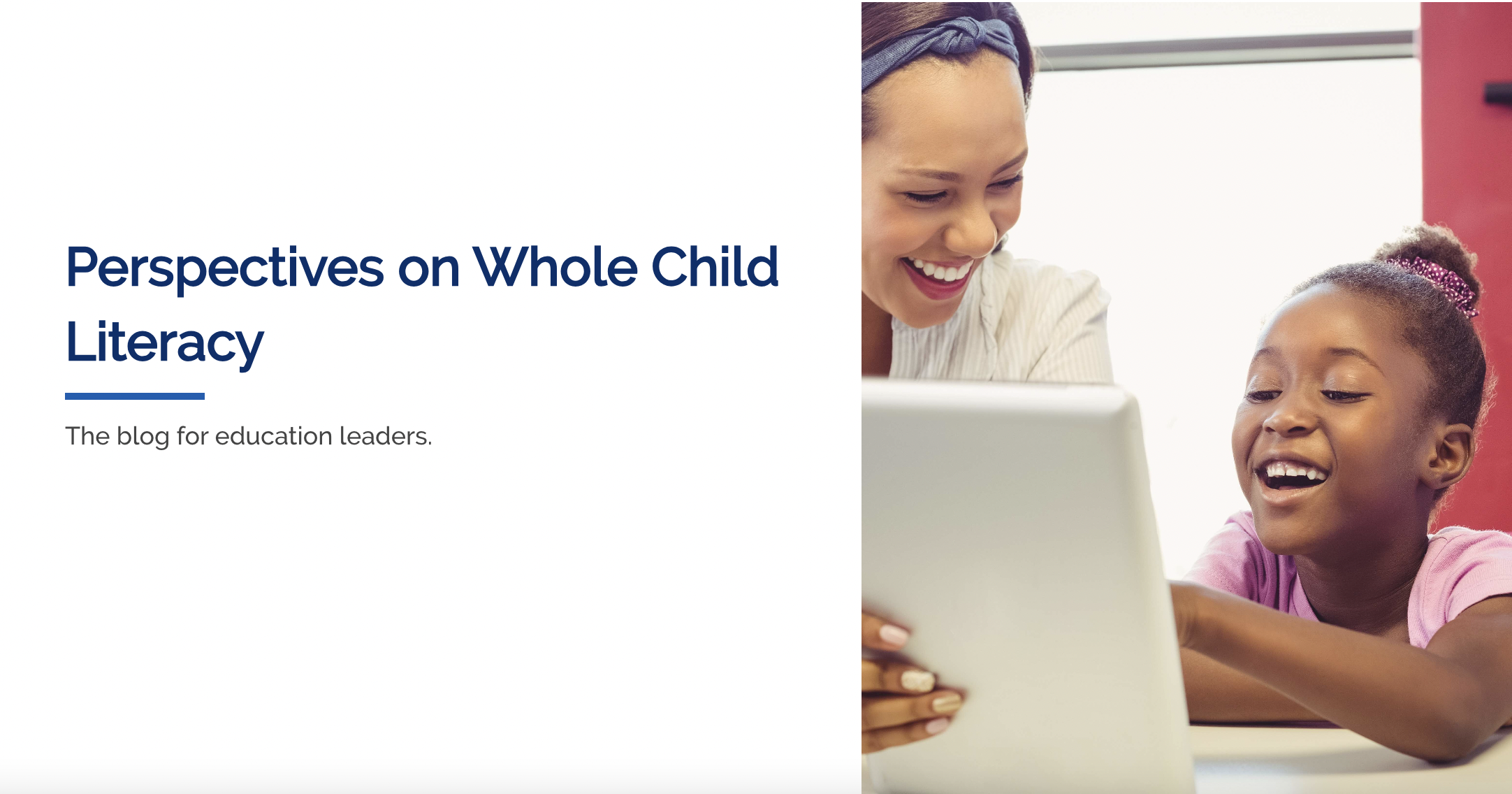Empower literacy support with science-based reading instruction
Scientific research conducted around the world and across several disciplines reveals specific skills required to read proficiently and best practices for teaching these skills effectively. Let us help bring quick wins to your district through actionable professional learning.





